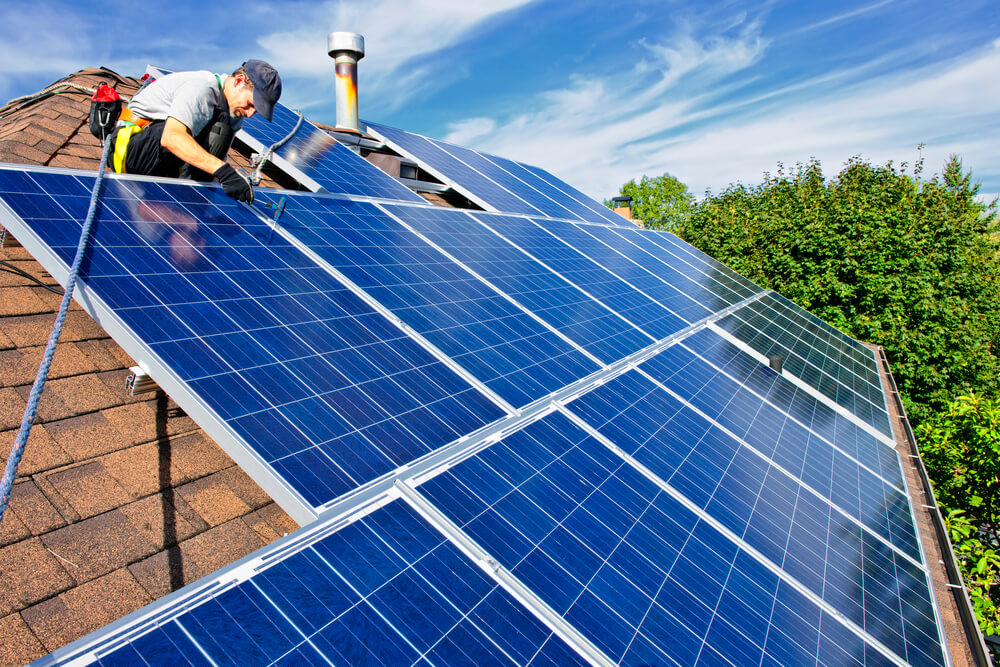One of the major obstacles to the widespread use of renewable energy is developing energy storage and management systems. A virtual power plant can help communities and cities manage and distribute stored energy more efficiently. At its most basic level, a virtual power plant is a decentralized energy management system.
What makes it different from any regular power plant is that:
- It functions through cloud-based (online) software
- It manages power generated from a variety of energy sources (e.g. wind farms, home solar panels, combined heat, and power units)
But how does it lead to better and efficient energy management?
A Smarter Way To Distribute Energy
Across the US, more homes and businesses are setting up renewable generation and storage systems. Since these are mostly individual or private installations (collectively referred to as distributed systems), it becomes a challenge for centralized facilities to balance the supply and demand of electricity.
In the past, centralized utilities had a much easier time managing a few large plants that generated electricity from coal and natural gas. But managing hundreds of thousands — potentially millions — of distributed systems is a complex task.
A virtual power plant alleviates the heavy workload that power grids need to do when managing several distributed energy sources.
Households using renewables and storing energy at home in large battery packs are connected to this virtual power plant via the internet. A control box in each home runs complex algorithms to facilitate the connection and autonomously optimize energy supply and distribution.
If one home generates more energy than usual, the virtual power plant will search the microgrid to find homes that need extra energy. Alternatively, if there is excess electricity, the virtual power plant can keep it in storage for future use.

This efficient way of managing and distributing power is especially useful when renewables are involved. Energy sources like solar and wind can’t always be relied upon to generate power. Cloud cover may block out the sun’s rays and there may be a lack of wind at any given time.
With virtual power plants, we can make the most out of renewables during the times they are abundant and store excess energy in preparation for literal rainy days.
A Glimpse Of The Future
In the not-so-distant future, more consumers will probably embrace renewable energy generation and hook their homes to a virtual power plant.
In Basalt, Colorado, an experiment is already underway and producing promising results. Several homes generating solar energy are already connected to a local microgrid which is managed by a virtual power plant.
While the current technology is still limited in some key aspects (e.g. processing exceptionally large amounts of energy from distributed sources), there is a lot of interest in further improvement. The Department of Energy has been supporting such efforts through multi-million dollar grants and start-ups and nonprofits are taking up the challenge.
Large and centralized power plants could soon become a relic of the past. It’s tough to tell exactly when, but as the technology improves the closer we’ll be to realizing that future.

